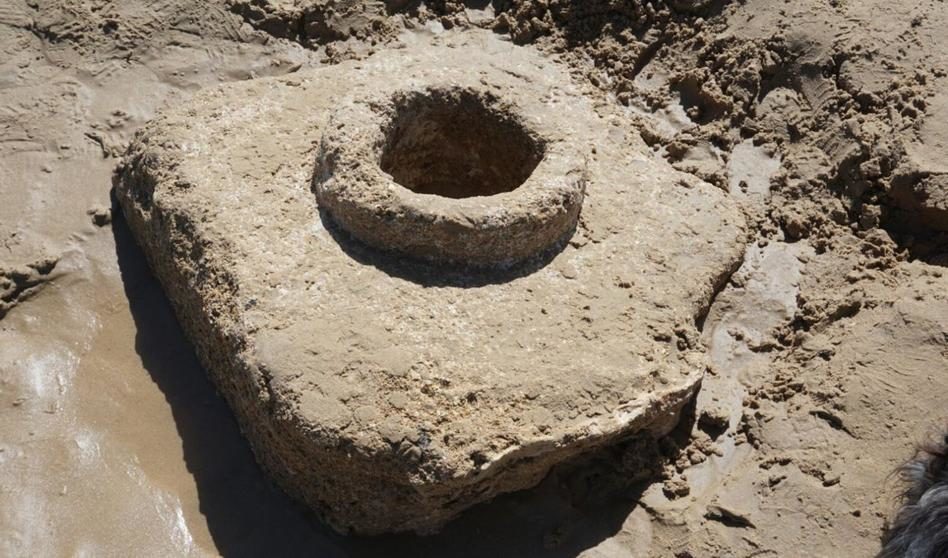While much of the rest of the peninsula was covered in a blanket of snow last week, the province of Cadiz was buffeted by torrential rains, strong winds, high seas, and even a tornado.
Yachts in the marina at Puerto Sherry were upturned, cars washed away and beach restaurants ripped apart.
Puerto Sherry se enfrenta al día después del tornado evaluando daños #Cádiz #ElPuerto https://t.co/wgyu7XcnRh pic.twitter.com/EtVutNmWD3
— Diario de Cádiz (@diariocadiz) March 5, 2018
Imágenes del #tornado de ayer en el Puerto de Santa Maria #Cadiz @ElTiempoes pic.twitter.com/uEvsgNSigr
— Mar Gómez (@MarGomezH) March 5, 2018
But as the flood water drained away and the skies cleared, a surprising discovery was revealed.
At Cortadura beach, the sand parted to reveal chunks of masonry thought to belong to a Roman aqueduct, long thought lost to erosion by the sea.
Municipal archaeologists were called in at the weekend to examine and protect the area from amateur treasure hunters after news of the emergence of the ruins spread.
"We were alerted to the presence of these remains, and to the fact that people were digging in the area, so we went there, warned people to stop what they were doing, and called city officials," Moisés Camacho, president of the Association for the Investigation and Dissemination of Cádiz's Heritage (Adip), told El Pais.
His team believe that the discovery includes fragments of an ancient aqueduct that supplied the Roman port of Gades (now modern-day Cadiz).
The storm also uncovered parts of an old road that was thought destroyed in the tsunami that swept through the region in the aftermath of Lisbon's 1755 earthquake.
El temporal deja al descubierto parte de la calzada (foto Aníbal Barca) pic.twitter.com/4eWEA4M2G4
— ADIP (Asociación) (@adipcadiz) March 3, 2018




Reader Comments
to our Newsletter